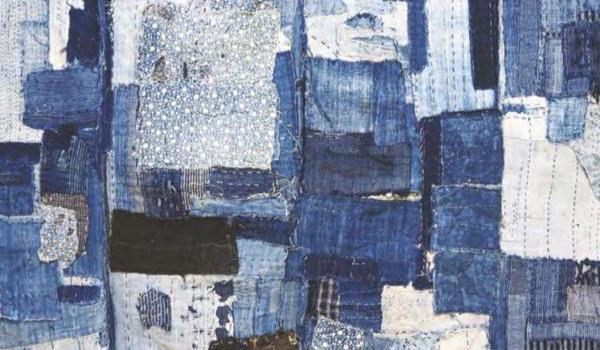
Reuse And Thriftiness

Boro: a practice born out of necessity.
For most of Japan’s social history, ordinary people have had very little in terms of material possessions. Consequently cloth, thread and clothing were all highly valued. So much so that it was common practice over the course of the 20th century that every single material scrap was invested back into – the already built up – layers of ‘collaged’ practical clothing. This simple technique and custom is known as boro and carries with it the histories and lives of numerous generations.
Poor and often working in harsh conditions as manual labourers, practical clothing was essential and every garment and patch would go through the cycle of beginning as best clothes, gradually wearing their way down to items of pure utility. Boro, however, does not only apply to clothes; bedding or futons and any other textiles needed in the home would also have been born out of what we would consider scraps. The signature indigo colour of boro has great appeal and is now finding a new life in Galleries across the world including Sri Threads in Brooklyn and Gallery Kojima in Tokyo
Whilst on paper boro may sound like a distant memory from a poverty-ridden history, what evidence remains of boro (quite a lot due to the widespread nature of the practice) is today highly sought after and much imitated. Many designers have been influenced by the worn aesthetic of boro and have incorporated its colours and textures into their work. However, sometimes there is nothing quite like the real thing. Antique boro textiles come with a history - they have been shaped by the lives of those who made, wore and mended them.
This video gives a wonderful overview of boro textiles:
To find out more about Japanese textiles, including boro and the use of indigo in general, take a look at the Japan Blue issue.
Kimonoboy is the largest online seller of Japanese folk textiles of many different varieties, reflecting a widespread international interest in Japanese cloth. They specialise in antique and historic textiles in particular, including cotton boro futon covers, farmer and fisherman clothing and other early Japanese cotton and hemp fabrics.
